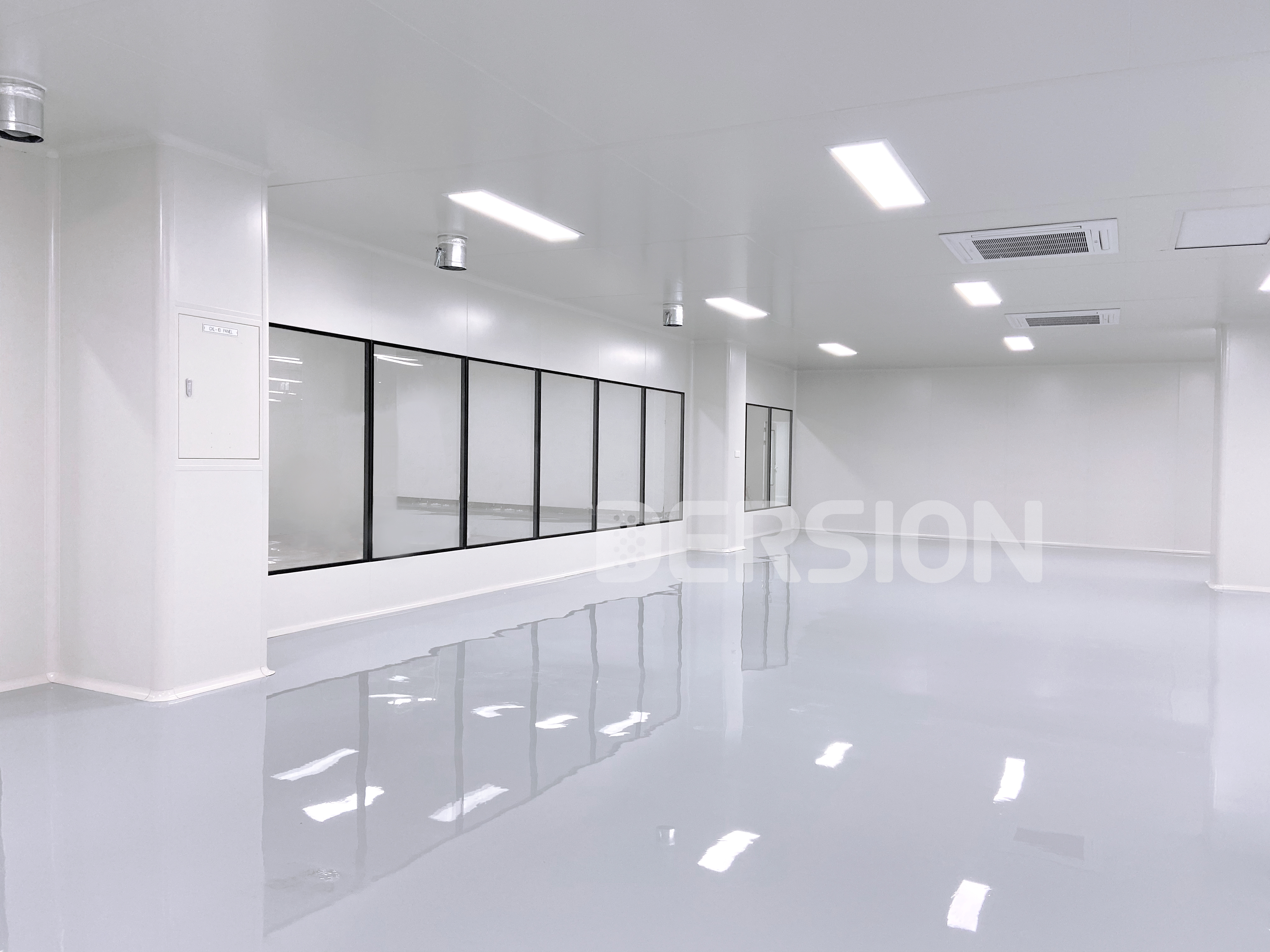As time goes by, some clean room equipment and designs may become outdated and unable to meet the needs of modern industry and production. In order to ensure the cleanliness and work efficiency of the production environment, it is crucial to transform and upgrade old clean rooms. This article explores methods and challenges involved in retrofitting older cleanrooms.
Clean rooms are controlled environments that are used in various industries such as pharmaceuticals, electronics, research facilities, and manufacturing. These environments are designed to prevent contamination and maintain a specific level of cleanliness. However, as technology advances and industry standards evolve, older clean rooms may need to be renovated and upgraded to meet the current requirements.
One of the first steps in upgrading an old clean room is to assess its current condition. This includes evaluating the cleanliness level, air quality, temperature, humidity, filtration system, and the functionality of the equipment. A comprehensive assessment will help identify the areas that need immediate attention and improvement.
The upgrade process typically involves several steps. The first step is to evaluate the design of the clean room. This includes examining the layout, flow of materials and personnel, and the positioning of the equipment. If necessary, changes may be made to the design to increase efficiency and productivity.
Another important aspect of the upgrade process is the improvement of the air filtration system. Clean rooms rely on specialized filtration systems to remove particulate matter and control the cleanliness level. Over time, these filtration systems may become less effective or outdated. Upgrading to advanced filtration technology will improve the efficiency of the clean room and ensure a higher level of cleanliness.
In addition to the filtration system, the HVAC system also plays a crucial role in maintaining the cleanliness and environmental conditions of a clean room. Upgrading the HVAC system to meet the current industry standards is essential. This may involve installing new air handling units, exhaust systems, and improving temperature and humidity controls.
Upgrading the equipment and machinery in an old clean room is also essential for a successful retrofit. Outdated equipment may not perform at the level required by modern industry standards. Upgrading to newer equipment will not only improve efficiency but also reduce downtime and maintenance costs.
However, retrofitting older clean rooms can come with its own challenges. One of the biggest challenges is the disruption of ongoing operations. Depending on the extent of the renovation, it may be necessary to temporarily shut down the clean room, which can affect production schedules. Proper planning and coordination with the production team are crucial to minimize any potential disruptions.
Another challenge is compliance with industry regulations and standards. As technology advances, new standards and guidelines are introduced to ensure the safety and effectiveness of clean room operations. Retrofitting old clean rooms will require adherence to these new regulations and may involve obtaining approvals from regulatory authorities. It is important to work closely with experts familiar with current regulations to ensure compliance throughout the renovation process.
In conclusion, upgrading and renovating old clean rooms is essential to meet the needs of modern industry and production. Assessing the current condition, improving the design, upgrading filtration and HVAC systems, and updating equipment are crucial steps in the retrofit process. However, challenges such as potential disruption of operations and compliance with new industry standards must be carefully addressed. With proper planning and coordination, a successful clean room retrofit can ensure a clean and efficient production environment.
Post time: Nov-24-2023
